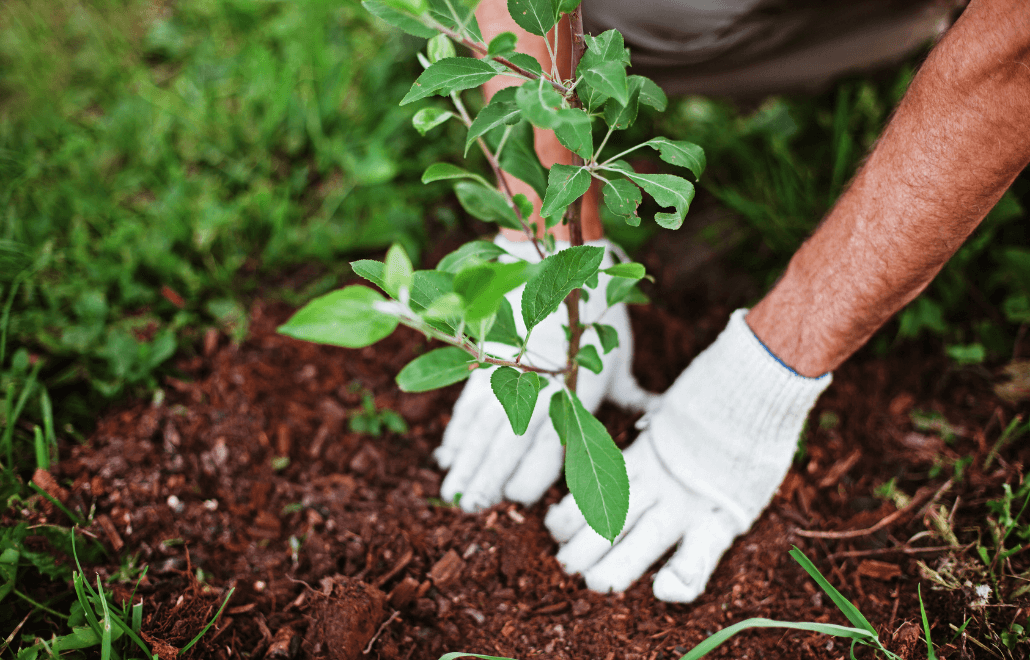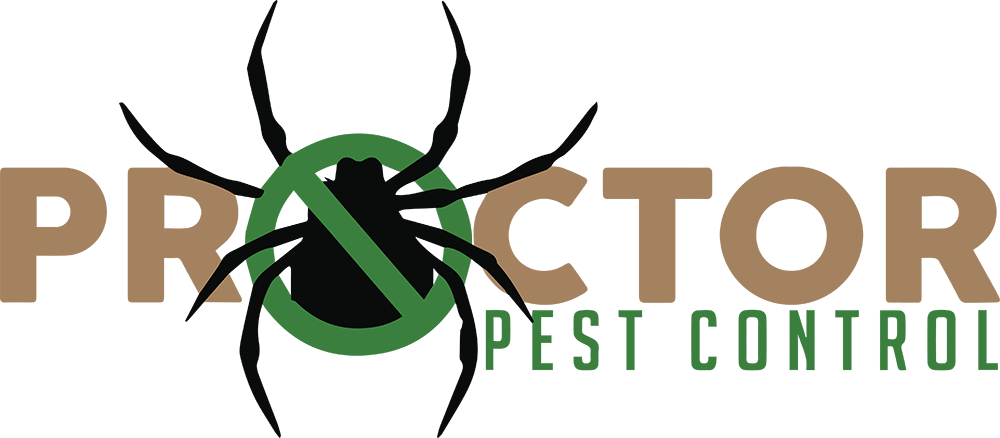
01 Aug End-of-Summer Pest Prevention Checklist: Protect Your Home Before Fall Arrives
As the warm, carefree days of summer gradually give way to the crisp, cool air of fall, it’s the perfect time to take action and protect your home from unwanted pests. While the thought of pests may bring to mind summer nuisances like ants and mosquitoes, fall presents its own set of challenges. With pests seeking refuge from the dropping temperatures, now is the ideal time to ensure your home is safeguarded against unwelcome intruders.
1. Seal Entry Points
Pests are always on the lookout for a cozy spot to escape the cooler weather, and your home can seem like the perfect refuge. Inspect the exterior of your house for any gaps, cracks, or holes that could serve as entry points for pests. Pay close attention to areas around windows, doors, vents, and the foundation. Use caulk or expanding foam to seal these gaps effectively. Don’t overlook the spaces around utility lines and pipes; pests can be surprisingly adept at finding the smallest of openings.
2. Clean Up Outdoor Debris
As summer fades, leaves and other organic debris begin to accumulate around your property. This can create a perfect environment for pests such as rodents, spiders, and insects. Rake up leaves, remove fallen branches, and clear out any clutter from your yard. Make sure that wood piles, compost heaps, or other outdoor materials are stored away from your home’s foundation. These areas can attract pests and provide them with easy access to your house.
3. Maintain Gutters and Downspouts
Clogged gutters can become a breeding ground for pests like mosquitoes. Ensure that your gutters and downspouts are clean and functioning properly. This will help prevent water from pooling and creating a damp environment that attracts insects. Regularly check for debris and ensure that water is flowing away from your home’s foundation.
4. Trim Overgrown Vegetation
Overgrown shrubs, trees, and plants can act as a bridge for pests to access your home. Trim back any vegetation that is touching your home’s exterior. This not only helps prevent pests from reaching your home but also allows you to spot any potential issues such as damaged siding or eaves.
5. Store Food Properly
As fall approaches, food items like apples and pumpkins may make their way into your home. Ensure that all food items are stored in airtight containers. Clean up any crumbs or spills promptly and keep your kitchen clean. Pests like ants, rodents, and cockroaches are highly attracted to food sources and proper storage can significantly reduce their allure.
6. Inspect and Repair Screens
Check that all window and door screens are intact and properly fitted. Torn or damaged screens can allow insects to enter your home. Repair or replace any screens that are not in good condition to ensure they are functioning effectively.
7. Schedule a Professional Inspection
Even with your best efforts, some pest problems might be hard to detect. Scheduling a professional pest inspection can give you peace of mind. Pest control experts can identify potential problem areas and offer targeted treatments to prevent infestations before they become serious. They can also provide tailored advice based on your specific home and environment.
8. Check and Replace Weatherstripping
Weatherstripping around doors and windows helps keep the elements out and your heating in. However, it can wear out over time, creating gaps that pests can exploit. Inspect and replace weatherstripping if necessary to maintain an effective barrier against pests.
9. Inspect Attics and Basements
Pests often find attics and basements to be ideal hiding spots. Regularly check these areas for signs of pest activity, such as droppings or nests. Ensuring these spaces are clean, dry, and free of clutter can help prevent pests from taking up residence.
10. Keep Firewood Away from the Home
If you use firewood, store it at least 20 feet away from your home and off the ground. Firewood piles can attract pests like termites and ants, which can then find their way into your home. Keeping firewood stored properly helps minimize the risk of pest invasions.
By taking these preventative steps, you can protect your home from pests as the seasons change. A little proactive maintenance can go a long way in ensuring that your home remains comfortable and pest-free throughout the fall and beyond. So, roll up your sleeves, tackle this checklist, and enjoy a pest-free transition into the cooler months ahead!
For more personalized advice or assistance, don’t hesitate to reach out to a local pest control professional. They can provide expert recommendations and treatments tailored to your specific needs. Happy pest-proofing!



